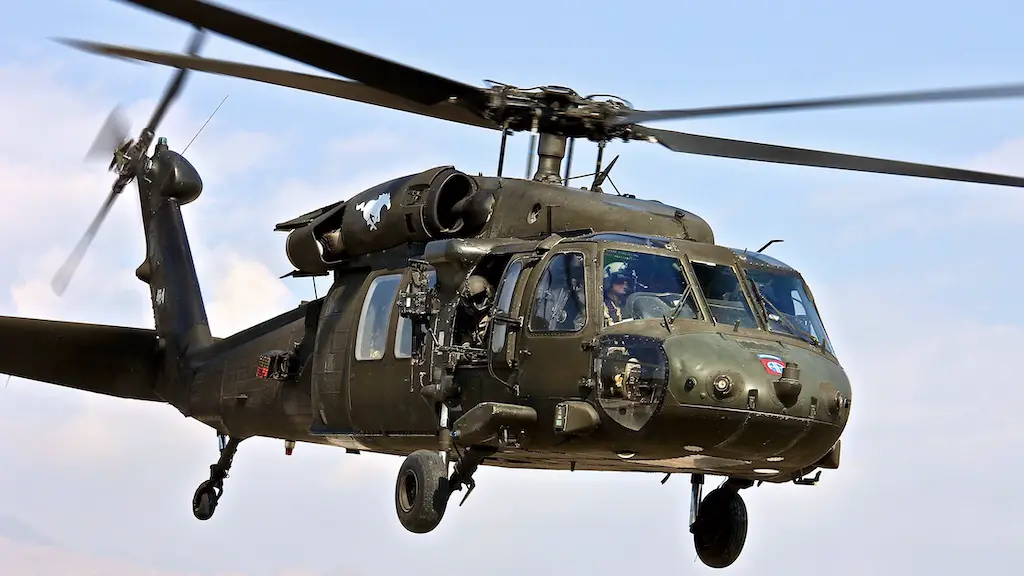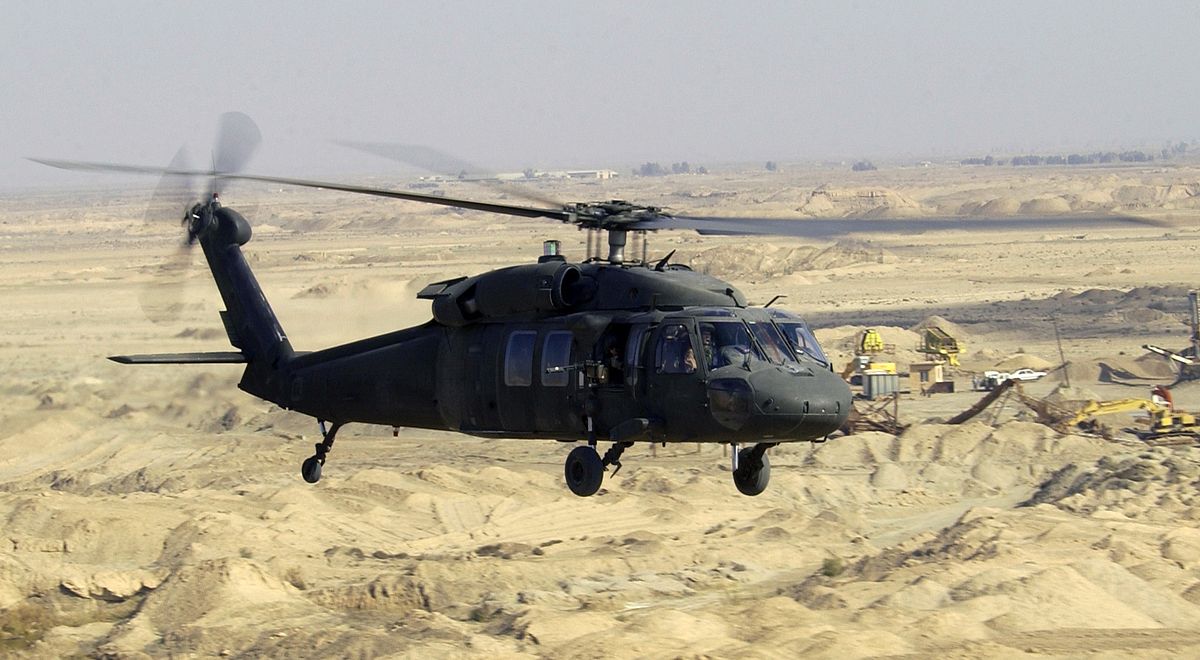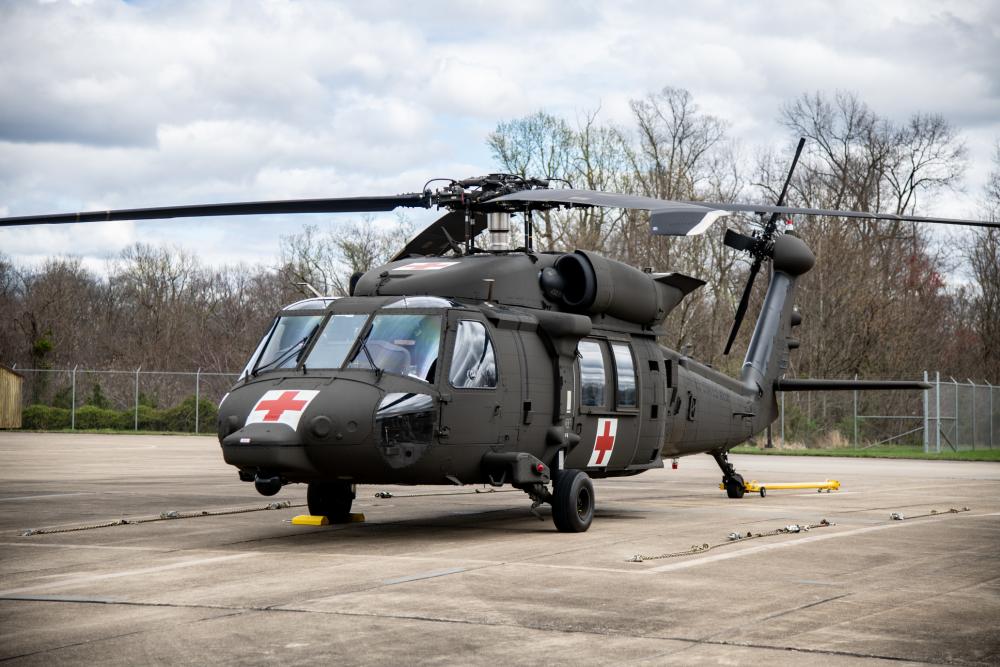Security First: Uh-60 Black Hawk Pre-flight List and Procedures Demystified
The UH-60 Helicopter: Navigating Through Its Background, Style, and Substantial Function in Air Travel
The UH-60 helicopter, often referred to as the Black Hawk, stands as a testament to the advancements in air travel innovation and its obvious effect on both army and private operations. From its simple beginnings to its existing status as an icon of dependability and versatility, the advancement of the UH-60 has actually been noted by continual innovation and adaptation to meet the evolving requirements of the air travel market. As we look into its background, layout complexities, and the vital duty it plays in numerous fields, a much deeper admiration for this legendary helicopter emerges, clarifying the considerable contributions it has made to the realm of aeronautics.
Development of the UH-60 Helicopter

The advancement of the UH-60 helicopter can be traced back to the requirement for a flexible and dependable energy airplane that could satisfy the demanding demands of modern-day military operations. Created by Sikorsky Airplane, the UH-60 Black Hawk first flew in 1974, with the U.S. Military becoming its primary operator. For many years, the UH-60 has undergone numerous upgrades and variants to enhance its abilities and efficiency.

Design Innovations and Attributes

Furthermore, the UH-60 includes an innovative avionics collection that includes sophisticated navigation systems, interaction tools, and digital displays. These technological developments enhance situational awareness for the crew, improving general goal performance and safety. The helicopter's spacious cabin style assists in quick and very easy loading and dumping of soldiers, devices, and casualties, making it a versatile asset for military operations and calamity alleviation initiatives.
Furthermore, the unification of composite products in crucial architectural parts decreases weight while maintaining longevity, raising the UH-60's efficiency and fuel effectiveness. The UH-60 helicopter's ingenious style elements jointly add to its credibility as a highly capable and reputable aircraft in both armed forces and private aviation fields.
Armed Forces and Civilian Applications
With functional abilities fit for a variety of functional requirements, the UH-60 helicopter serves both military and civilian industries successfully. The UH-60's innovative avionics, protective systems, and adaptability have actually solidified its setting as a keystone of army helicopter fleets.
In addition, the UH-60's versatility for VIP transportation and offshore procedures even more highlight its importance in noncombatant applications. Whether in civilian or army use, the UH-60 helicopter proceeds to verify its worth as a versatile and indispensable aerial system.
Effect on Aviation Workflow
Having established its importance in noncombatant and armed forces applications, the UH-60 helicopter's influence on aviation operations extends beyond its versatile capacities to affect a vast array of aerial missions. In army setups, the UH-60 plays a vital role in troop transport, search and rescue procedures, medical discharge, and special her comment is here procedures sustain.
Additionally, the UH-60's reliability and endurance make it a recommended option for utility goals, including transport of cargo and website here employees to remote areas. Generally, the UH-60 helicopter significantly affects aviation procedures by supplying unrivaled capacities and support throughout a broad range of missions.
Future Advancements and Potential Customers
The development of the UH-60 helicopter is positioned to reinvent aeronautics abilities and improve functional paradigms in the coming years. Advancements in innovation and layout are driving the advancement of next-generation UH-60 versions that promise boosted dexterity, rate, and objective flexibility. One vital area of focus for future UH-60 designs is boosting autonomous abilities to improve operational effectiveness and safety and security. By incorporating advanced self-governing trip systems, the UH-60 can lower pilot workload, enable complicated objectives in tough settings, and enhance overall mission efficiency.
Furthermore, there is a growing focus on sustainability and gas performance in the layout of future UH-60 helicopters (uh-60). Suppliers are discovering brand-new materials, propulsion systems, and aerodynamic improvements to lower ecological influence and operating expense. These advancements not only profit the setting however likewise add to the long-term viability and competition of the UH-60 in the quickly progressing air travel industry
Conclusion

The UH-60 helicopter, often referred to as the Black Hawk, stands as a testimony to the improvements in aviation technology and its undeniable effect on both private and military operations.Having developed its value in army and civilian applications, the UH-60 helicopter's influence on air travel operations prolongs beyond its versatile capabilities to influence a wide array of airborne goals. Generally, the UH-60 helicopter substantially affects air travel operations by providing unmatched capacities and assistance throughout a broad spectrum of goals.
The advancement of the UH-60 helicopter is poised to transform aeronautics capacities and reshape functional standards in the coming years. As innovation proceeds to development, the future growths and leads for the UH-60 helicopter continue to be appealing, ensuring its ongoing importance in the field of aviation.